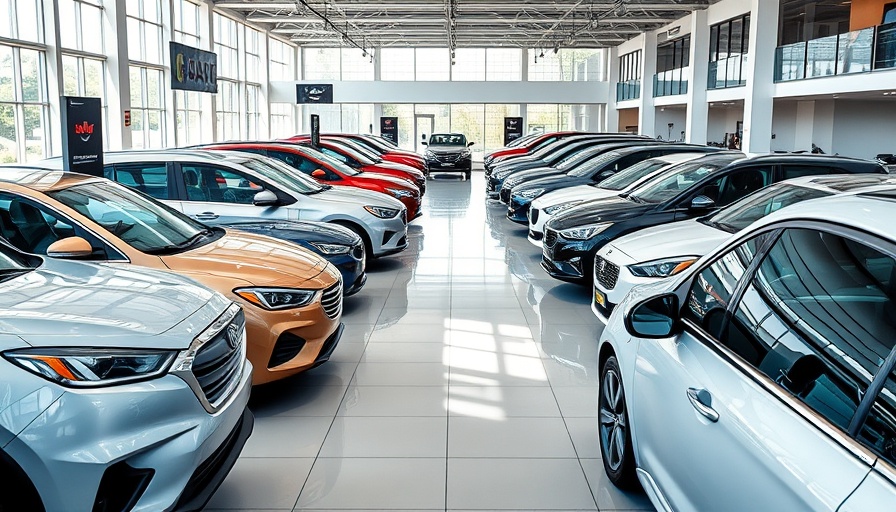
The Shift Towards Mergers: What It Means for Automakers
In an enlightening discussion, former Stellantis CEO Carlos Tavares highlighted a significant trend shaping the automotive industry: the necessity for mergers. As electrification and autonomous driving technologies continue to push traditional barriers, Tavares argues that collaboration could propel greater innovations and efficiencies. He points to how the industry is evolving in response to pressures like competition from tech-centric companies such as Tesla, whose influence is undeniable. This growing demand for integrated approaches hints that mergers may not just be favorable, but essential for survival.
Understanding the Rationale Behind Mergers
With a rapidly changing market landscape, automakers face myriad challenges from both traditional rivals and new players. The push for sustainability and electric vehicle production demands significant investment. By merging, companies can pool resources, reduce operational costs, and share technology. Tavares remarks that mergers might lead to more resilience and adaptability in a world where economic uncertainties abound.
Historical Context: Mergers in the Auto Industry
The automotive industry has a rich history of mergers and acquisitions that have shaped its trajectory. From the merger of Daimler-Benz and Chrysler in the late '90s to the more recent alliance between Renault, Nissan, and Mitsubishi, these strategic partnerships have often been driven by economic necessity rather than mere ambition. Understanding this historical context helps illustrate that Tavares’s perspective is not new but rather a continuation of a long-standing trend aimed at navigating complex challenges.
Emerging Technologies Driving Change
Today’s automotive landscape is increasingly dictated by technological advancements, particularly in the realms of electric vehicles (EVs) and autonomous driving systems. As companies seek to innovate, mergers become a strategic tool; they enable auto manufacturers to acquire necessary technologies and intellectual property swiftly. By acquiring or merging with tech firms specializing in software, battery technology, and artificial intelligence, traditional carmakers can keep pace with competitors like Tesla, who have revolutionized consumer expectations.
Global Trends in Automotive Mergers
Globally, there’s a clear trend leaning towards consolidation in the automotive realm. Major companies are aligning themselves with tech innovators, recognizing their role in developing the vehicles of tomorrow. The increasing focus on sustainability drives this shift as consumers demand cleaner transportation solutions. Mergers thus become pathways to not just survive but thrive amid changing expectations.
Potential Challenges and Counterarguments
While mergers might appear to offer numerous benefits, they are not without challenges. Issues related to cultural integration, workforce management, and regulatory scrutiny can complicate these partnerships. Furthermore, skeptics argue that mergers might stifle competition, leading to fewer choices for consumers. They highlight that, rather than fostering innovation, collaboration could hinder the creative risks necessary for breakthrough technologies.
Conclusion: A Future Driven by Strategic Alliances
Your decision-making should be informed by understanding these industry dynamics. As we observe this trend towards mergers, consider how it might affect your vehicle choices in the future. Both consumers and industry professionals stand at a pivotal juncture of evolution within the automotive landscape.
Whether you are looking into the latest electric models or the innovations behind autonomous driving, gaining insights into these trends will empower you in your automotive journey. For the best experience, stay informed and engage with emerging news in the auto industry.
 Add Row
Add Row  Add
Add 




 Add Row
Add Row  Add
Add 

Write A Comment